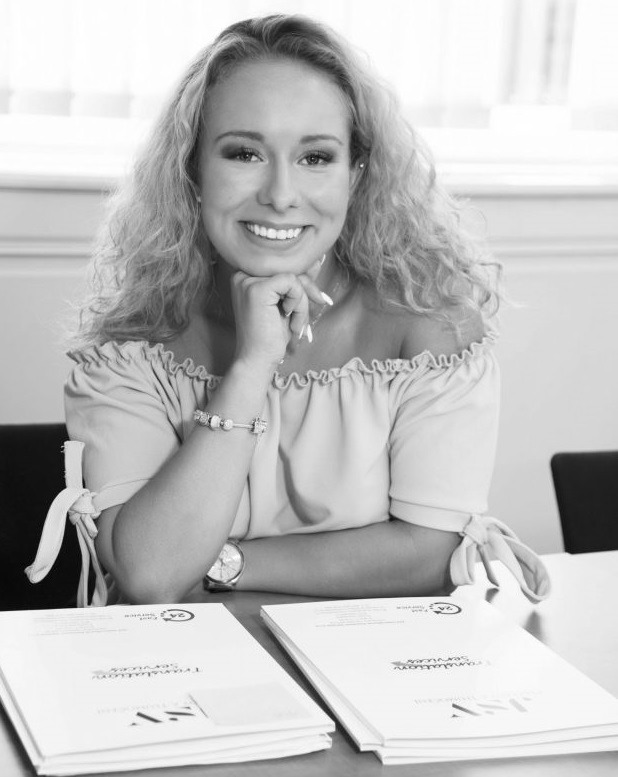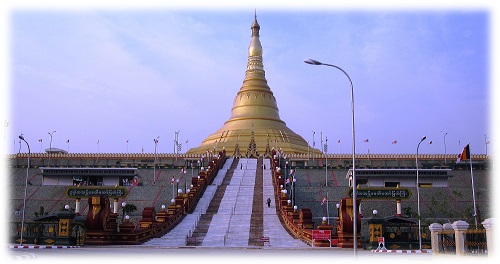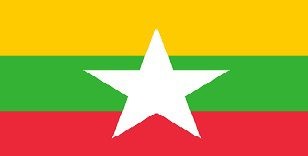
Burmese
Translation
The work of our professional translators is based on their excellent knowledge, experience, professional specialisation, and speed. The basis of our work is:
- Speed – possibility of express translations, translations made overnight, or over the weekend;
- Professionality – high quality translations, standard, professional, or proofreading;
- Flexibility – work with many data formats;
- Reasonable prices – including discounts for large-volume orders and long-term cooperation;
- Special services – e.g. graphic processing of materials.
Translation we do
We will prepare high quality translations exactly according to your requirements:
- Standard translations which include contracts, business letters, or fiction books, but also economic and legal documents;
- Professional translations from Burmese (history, psychology, chemistry etc.), for which a special terminology or other materials and information must be searched for;
- Certified translations
- Express translations over 5 standard pages processed within 24 hours, overnight, or over the weekend;
- Proofreading

-
Burmese - Czech 2.000,-kč per NP
The price is per unit Normopage
-
Burmese - English 2.000,-kč per NP
The price is per unit Normopage
-
Burmese - other languages on request
The price is per unit Normopage
Standard page: The standardized range is determined by legislation, given by Section 3 (2) of Decree No. 507/2020, whereby the standardized length of text is 1800 characters including spaces.
Call us: +420 602 276 400 -100, 420 296 348 348
Order our convenient package of services:
- court-certified translations from/to the language
- representative visual aspects of the documents
- black & white / color printing
- professional consultation
- clause of legal force with filing number on the back of the translations (for easy retrieval in state files in case of loss).

Find us in our office
Be it morning or evening, Monday or Saturday, February or August – please contact us at any time with a request to do a translation in Burmese for you.
We are at your disposal in our office:
JSV International Assistant Service s.r.o.
Chronos Business Centre, 4rd floor
Wenceslas square 808/66
Prague 1, 110 00
Czech republic
About the language
Burmese is the official language of Myanmar. It is the first language of 32 million people – over half the country’s population – and is spoken as a second language by about 10 million more. Its vocabulary is mostly monosyllabic, as is common with other members of the Sino-Tibetan language family. In the country, a polysyllable will often indicate a loan word from a European language. The language is tonal, which means that the pitch, duration or loudness of a vowel can modify the meaning of a word.

Dictionary
Mingalabar” means “Hello” and works any time of the day.
Ne kaun la?” means “How are you?”
“Ne kaun de” means “I am good!”
“Aya da shi de” means “Tasty.”
“Lade” means “Beautiful”
“Be lau le?” means “How much?”
“Thn thn louh” literally means food “without life” – that is, in effect, vegetarian.
“Da poun yai lo ya mala?
Burmese
is a Sino-Tibetan language spoken in Myanmar (also known as Burma), where it is an official language, lingua franca, and the native language of the Burmans, the country’s principal ethnic group. Burmese is also spoken by the indigenous tribes in Chittagong Hill Tracts (Rangamati, Bandarban, Khagrachari, Cox’s Bazar) in Bangladesh, and in Tripura state in Northeast India.
Although the Constitution of Myanmar officially recognizes the English name of the language as the Myanmar language, most English speakers continue to refer to the language as Burmese, after Burma, the country’s once previous and currently co-official name. Burmese is the common lingua franca in Myanmar, as the most widely-spoken language in the country. In 2007, it was spoken as a first language by 33 million, primarily the Burman people and related ethnic groups, and as a second language by 10 million, particularly ethnic minorities in Myanmar and neighboring countries. In 2022, the Burmese-speaking population was 38.8 million.

Fun facts of language

- The Burmese for ‘it’s business as usual’ is ‘go come eat drink live’!
- In the country writing does not need any spaces between words.
- The local has its own ancient alphabet but the spelling preserves sounds that are no longer pronounced – ‘Myanmar’ is actually spelled ‘Mranma’ in Burmese script.
- The letters in the language are curvy because it used to be written on leaves which would tear if straight lines were drawn on them.